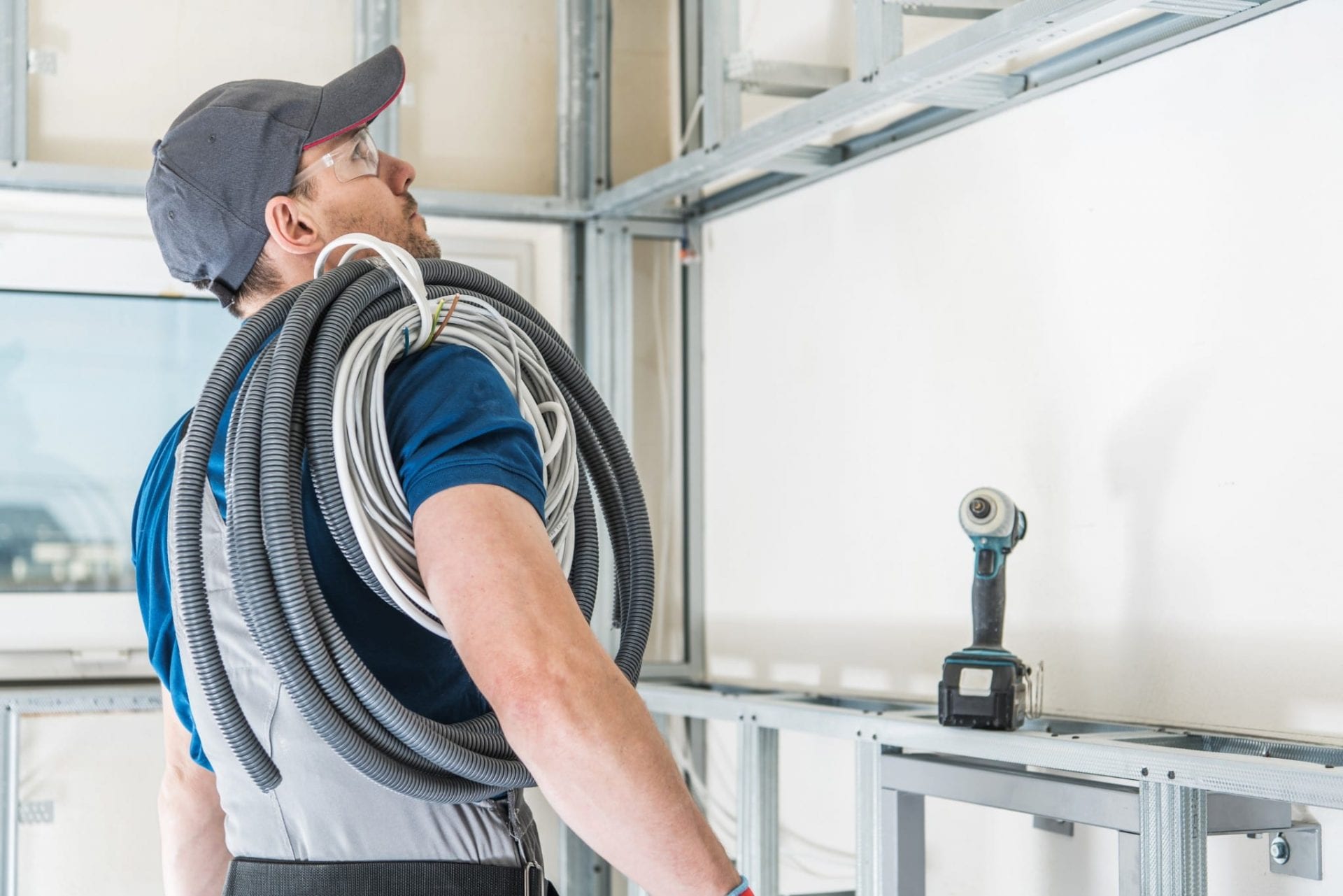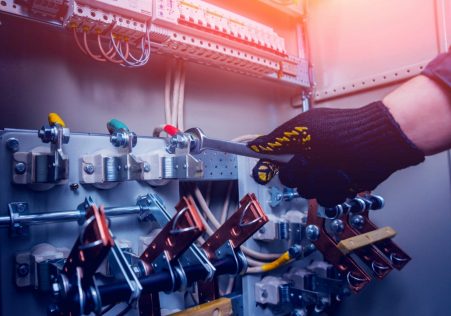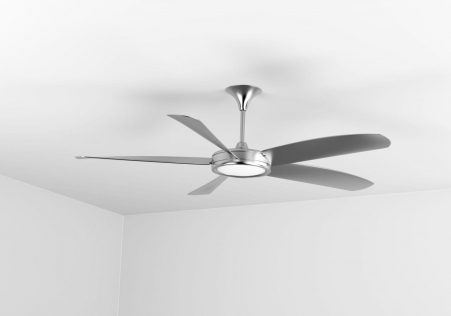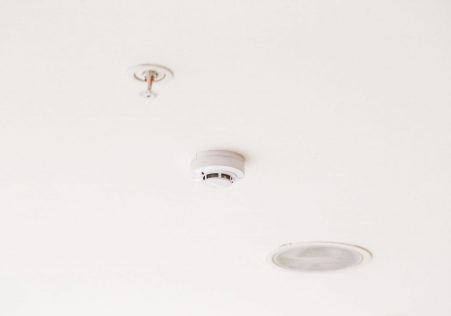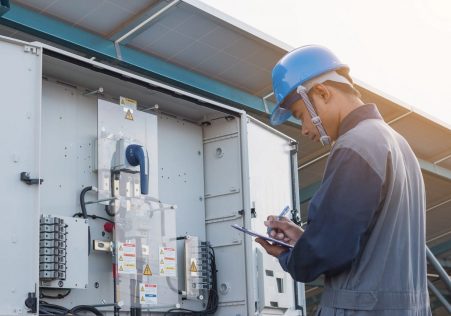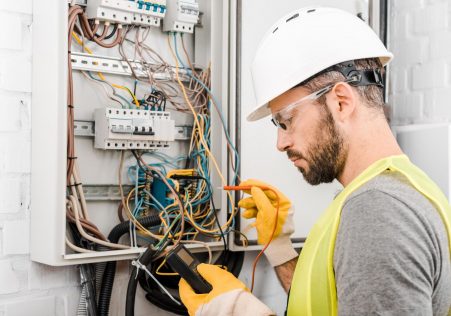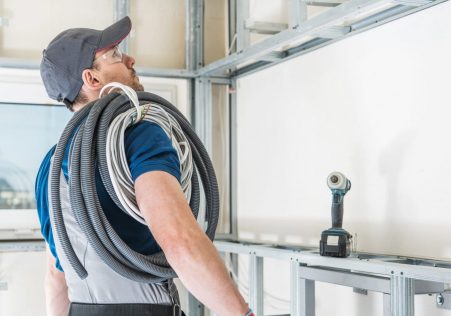How to Identify Live Wires in Your Home: A Comprehensive Guide for Homeowners.
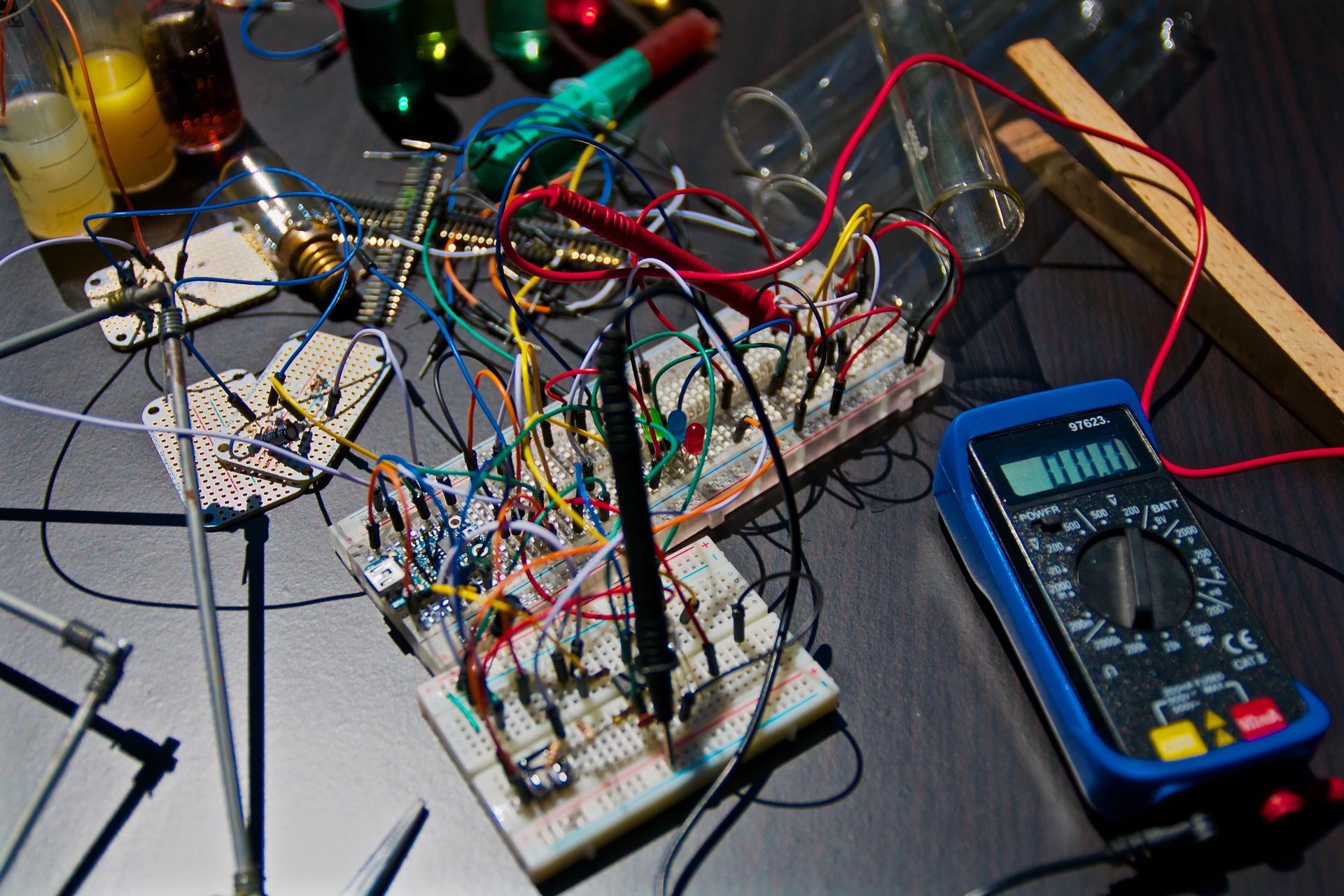
Identifying live wires is an essential part in working with wiring. No matter if you’re a professional electrician or an individual homeowner looking to resolve an electrical issue it is essential to understand how to spot live wires and take the appropriate precautions to avoid dangerous accident. This article we’ll explain the importance of identifying live wires and the precautions you need to take while working around electrical wires.
Working with electrical wiring can be extremely dangerous It is essential to understand the risks associated with it. Electrocution is a serious danger, and can cause serious injury or even death. It is essential to ensure that you are equipped with the right knowledge and tools to work with electrical wiring in a safe manner.
Understanding the basics of electrical wiring
Before we dive into identifying live wires, it’s important to know the nature of them. Live wires are wires that transport electrical current, and can be hazardous if they are not handled correctly. When it comes to electrical connections, there are three kinds of wires: neutral, hot, and ground wires. The hot wires carry the current of electricity while neutral wires carry return current while ground wires are responsible for providing a safe path for current that is flowing too fast to be absorbed.
Tips and Precautions to Identify Live Wires
The identification of live wires requires the use of the appropriate tools and safeguards. The most essential tools is the non-contact voltage tester which is a device that can detect electrical current without making contact with the wires. It is also essential to switch off the power to the circuit you are working on and wear protective equipment, including protective gloves as well as safety glasses.
How to identify live wires
These are step-by-step directions for identifying live wires:
- Switch off the power source to the circuit that you’ll be working on.
- Use a non-contact voltage tester to determine any live wires. The tester should be placed near the wire, and if the tester detects voltage, the test will sound a beep or flash.
- Utilize a circuit breaker finder to locate the circuit breaker controlling the circuit. This will enable you to shut off the power to the circuit.
What To Do When You Come across an Unusual Wire
If you spot a live wire, it’s important to turn off power to the circuit immediately. If you’re uncertain about how to do this, it’s best to get help from a professional. By shutting off the power, you keep any electrical current from passing through the wires and lower the risk of injury or electrocution.
Conclusion
Identifying live wires is a critical part in working around electrical wiring. It is essential to take necessary precautions, such as making use of the correct tools and shutting off the power, to avoid dangerous incidents. If you’re unsure about how to recognize live wires, or have any questions about electrical wiring do not hesitate to call an experienced electrician, like South Auckland Electricians at 0800 570 083. They will assist you with any electrical issues and ensure that your home is safe and conforms to code.

